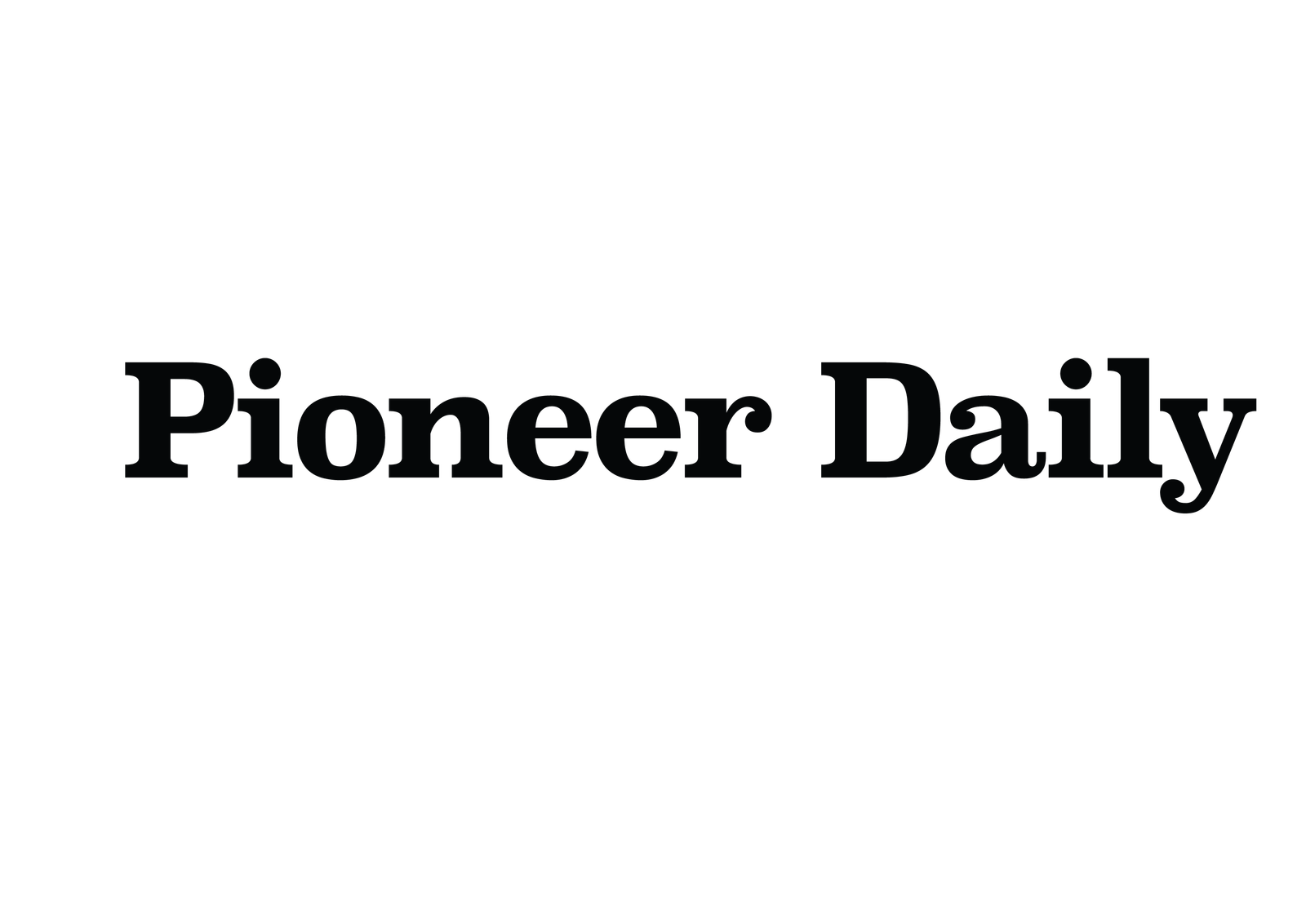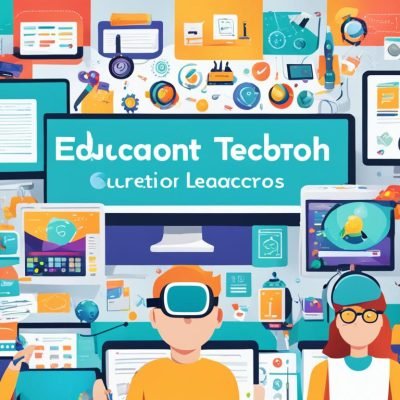Imagine a classroom where technology adapts to your teaching style. Where you can customize tools to meet your students’ unique needs. This is the power of open source software in education.
The pandemic changed education forever. Schools needed flexible digital solutions quickly. Open source platforms became essential for remote and hybrid learning.
These systems offer incredible advantages. You get access to source code for complete customization. A global community provides ongoing support and innovation.
Educational institutions from elementary schools to universities are embracing this change. They’re discovering how open source solutions address specific challenges in digital transformation.
Key Takeaways
- Open source software provides flexible, customizable learning environments
- The pandemic accelerated adoption of digital education tools
- Educators can modify platforms to fit specific teaching needs
- Global community support enhances platform development and security
- These solutions offer cost-effective alternatives to proprietary systems
- Open source platforms support personalized learning experiences
- Institutions maintain complete control over data protection and content
What Are Open-Source Educational Platforms and Why They Matter
Envision having complete control over the digital learning environment in your classroom. This is the reality with open source educational platforms. Unlike proprietary systems, these tools give you freedom to customize and adapt.
Defining open-source in an educational context
Open source software means the code is publicly available. You can see how it works. You can modify it to fit your specific needs.
According to the Free Software Foundation, there are four essential freedoms:
- Freedom to run the program for any purpose
- Freedom to study how the program works and adapt it
- Freedom to redistribute copies
- Freedom to improve the program and share improvements
This transparency builds trust. You know exactly what the software does. There are no hidden features or data collection.
The term “free” here means freedom, not necessarily no cost. Though many open source solutions are cost-effective, the real value is in the freedom they provide.
The growing adoption in US schools and universities
Educational institutions across America are embracing these platforms. Adoption has grown steadily since the 1990s. Technology access has improved dramatically.
Student-to-computer ratios tell an important story. In 1998, there were 12.1 students per Internet-enabled computer. By 2005, this dropped to 3.8 students per computer.
More students now have access to technology. Open source platforms work well on various devices. They don’t require expensive hardware upgrades.
These solutions align perfectly with educational values. Sharing knowledge and collaboration are core principles. The community support model mirrors how educators naturally work together.
What began as niche solutions are now mainstream tools. Schools and universities recognize their value. The philosophy behind educational technology is shifting toward openness and flexibility.
6 Key Benefits of Open-Source Educational Platforms for Your Teaching
Picture your classroom transformed by technology that truly serves your instructional goals. These platforms bring powerful advantages that proprietary systems simply cannot match.
You gain control over every aspect of your digital teaching environment. The source code is available for modification. This means you can adapt tools to your exact requirements.
Community-driven development creates remarkable advantages. Thousands of developers worldwide contribute to these projects. They constantly improve functionality and security.
Moodle demonstrates this collaborative power perfectly. Over 1000 developers work on this platform. Core teams coordinate their efforts efficiently.
These systems address multiple classroom challenges simultaneously. They provide comprehensive solutions for modern education needs.
Here are six significant advantages you’ll experience:
- Major cost savings for your school’s budget
- Complete flexibility to match your teaching style
- Enhanced security protecting student information
- Natural collaboration between teachers and learners
- Transparent systems that build trust in your classroom
- Successful implementation strategies that work
Each benefit connects to others creating powerful synergies. The open nature of development ensures continuous improvement. You receive regular updates and new features.
Security enhancements happen rapidly in these environments. Many eyes monitor the code constantly. Bugs get identified and fixed quickly.
Your students enjoy personalized learning experiences. You maintain complete control over data protection. These platforms support various teaching methodologies effectively.
Implementation becomes straightforward with community support. You’ll find resources and guidance whenever needed. The global user base shares best practices freely.
These advantages combine to create superior educational tools. They address specific challenges in digital learning environments. Your classroom becomes more dynamic and responsive.
Significant Cost Savings for Your School’s Budget
Think about redirecting thousands of dollars from software licenses to student resources. Open source solutions transform how schools manage technology budgets. These platforms offer financial flexibility that proprietary systems cannot match.
Your institution gains immediate financial advantages. According to BetterBuys, learning management systems can cost up to $20,000 in licensing fees. Open source software eliminates these recurring expenses completely.
Eliminating expensive licensing fees
Traditional proprietary software creates ongoing financial burdens. Schools face annual license renewals and upgrade costs. These expenses drain budgets that could support classroom needs.
Open source code provides permanent access without fees. You download and use the software freely. This approach creates sustainable long-term savings.
Vendor lock-in situations disappear with these solutions. Proprietary vendors can increase prices unexpectedly. Schools become dependent on specific systems and cannot escape unfavorable deals.

Financial flexibility becomes your new reality. Free trials let you test platforms before committing resources. Community versions provide full functionality without investment risks.
Reducing hardware upgrade requirements
Many open source tools run efficiently on older equipment. They typically require less powerful hardware than proprietary software. This extends the life of existing computers and devices.
Cash-strapped districts avoid expensive technology refreshes. Students access learning environments on various devices. Schools maximize their current technology investments.
The savings impact extends beyond initial adoption. Redirected funds enhance educational outcomes directly. Teacher training, student resources, and facility improvements benefit immediately.
Real-world examples show remarkable success stories. Institutions reinvest thousands into classroom enhancements. Advanced educational technology becomes accessible regardless of budget size.
Support options range from free community help to affordable professional services. This cost-effective nature makes quality education tools available to all schools. Your institution maintains complete financial control throughout the process.
Unmatched Flexibility to Meet Your Classroom’s Unique Needs
Create learning spaces that perfectly match your instructional vision and student needs. Open source software gives you this remarkable adaptability. You shape the tools rather than being limited by pre-built solutions.
Customizing platforms for specific teaching methodologies
Your teaching style deserves technology that supports it completely. With access to source code, you can modify platforms to align with any methodology. Project-based learning, flipped classrooms, or traditional approaches all work beautifully.
Moodle demonstrates this power with over 2000 community-contributed plugins. These extensions add specific features and functionality. You build exactly what your classroom requires.
Educational institutions worldwide customize these systems successfully. Elementary schools create colorful, engaging interfaces. Universities develop advanced research collaboration tools.
The community constantly develops new solutions. Your platform evolves as teaching needs change. You never face limitations from vendor roadmaps.
Scaling solutions as your needs evolve
Start small with pilot programs to test new approaches. Open source software lets you begin with minimal investment. Add users and features as your confidence grows.
Scale from a single classroom to district-wide implementation seamlessly. The same platform serves diverse educational settings effectively. International universities and small primary schools both find perfect fits.
This scalability ensures long-term relevance for your institution. Technology investments continue serving you for years. You avoid costly migrations between systems.
“The ability to modify and extend ensures our platform grows with our educational vision” – experienced educators consistently report this advantage.
Your teaching environment becomes truly personalized. Students enjoy tailored learning experiences. You maintain complete control over the educational journey.
Enhanced Security and Data Protection for Your Students
Consider the peace of mind that comes with knowing your students’ data is completely secure. Open source software provides exceptional protection through community oversight and transparent development. You gain confidence in the systems protecting sensitive information.
Educational institutions face growing cybersecurity challenges. Ransomware attacks cost universities nearly $500,000 on average in 2020. These threats make robust security essential for every classroom.
Community-driven security improvements
Publicly available source code enables continuous security enhancement. Thousands of developers worldwide examine and improve the software. This collective effort identifies vulnerabilities faster than proprietary alternatives.
Rocket.Chat demonstrates this powerful approach perfectly. Over 700 contributors work on its code through GitHub. They constantly monitor and strengthen security features.
Community review creates a self-correcting security model. Many eyes spot potential issues early. Fixes get implemented rapidly through collaborative development.
Maintaining complete data control and sovereignty
You retain absolute authority over student information storage and management. Moodle LMS gives you this crucial capability. Decide exactly where and how data gets stored.
Self-deployment options ensure compliance with regulations like GDPR. European institutions particularly value this feature. You maintain data sovereignty without vendor restrictions.
Rocket.Chat meets rigorous legal and security standards seamlessly. It integrates with existing infrastructure while protecting sensitive information. Your school builds trust through transparent data practices.
This control extends to every aspect of your digital environment. Choose security protocols that match institutional policies. Adapt systems to evolving privacy requirements effortlessly.
Fostering Collaboration Between You and Your Students
Transform your classroom into a vibrant learning partnership where everyone contributes. Open source software naturally creates environments where teachers and students work together. This approach builds stronger educational communities.

Creating co-learning environments
Open source platforms encourage shared knowledge building. You and your students become co-creators of content. This mirrors how developers collaborate on source code.
These systems support dynamic educational partnerships. Students actively participate in shaping their learning experience. Teachers gain fresh perspectives from student insights.
Real examples show remarkable success. Schools using these tools report higher engagement. Students feel more invested in their education.
Encouraging student contribution and feedback
Open source principles translate beautifully to classroom settings. The “release early and often” approach means continuous improvement. Students provide regular feedback that enhances everyone’s experience.
Build academic communities where students share knowledge. They become active participants rather than passive recipients. This empowerment transforms traditional relationships.
Strategies for effective collaboration include:
- Regular peer review sessions
- Student-led content creation
- Open discussion forums
- Shared project development
- Continuous feedback loops
These methods create tight communication between all parties. Your classroom becomes a true learning community. Everyone benefits from this collaborative environment.
Transparent Systems That Build Trust in Your Classroom
Picture an educational environment where everyone understands how everything works. Transparency builds confidence between teachers, students, and parents. Open source software naturally creates this honest atmosphere.
You establish clear communication from day one. Share expectations and processes openly at the start of the school year. This approach mirrors how developers share source code publicly.
Clear communication of expectations and processes
Set the stage for success with straightforward guidelines. Explain how grading works and what assignments require. Students appreciate knowing exactly what to expect.
Parents gain confidence when they understand classroom systems. Regular updates keep everyone informed about progress. This openness prevents misunderstandings throughout the year.
Educational institutions find this approach strengthens relationships. Teachers build trust through consistent transparency. The learning experience improves for everyone involved.
Open access to how educational tools operate
Source code availability lets you see exactly how software functions. There are no hidden features or mysterious processes. This visibility creates confidence in your technology choices.
Platforms like Moodle guarantee continued access regardless of company changes. The community ensures ongoing development and support. You never face unexpected disruptions to your teaching tools.
Students understand how their learning environment works. They see the logic behind assignments and feedback systems. This knowledge empowers them to engage more deeply.
Transparent systems lead to better educational outcomes. Everyone operates with full understanding of processes and expectations. Your classroom becomes a model of openness and collaboration.
How to Successfully Implement Open-Source Platforms in Your Teaching
Ready to bring powerful open source tools into your classroom? Implementation success comes from careful planning and strategic choices. You’ll create a learning environment that grows with your teaching needs.
Start by evaluating your current setup and future goals. Consider what features matter most for your students. Think about how technology can enhance your teaching methods.
Selecting the right platform for your subject area
Different subjects need different digital tools. Science classes might require lab simulation capabilities. Language arts may need robust writing and feedback systems.
Evaluate platforms based on your specific requirements. Look for software that aligns with your curriculum goals. Check if the system supports your preferred teaching methods.
Consider technical compatibility with existing infrastructure. Ensure the platform works with your school’s devices and network. Look for systems that integrate with other tools you use.
Moodle Certified Partners offer specialized expertise for various subjects. They help customize platforms for specific educational needs. These professionals understand different learning environments.
Getting support from the open-source community
The open source community provides incredible resources for educators. You’ll find developers and teachers sharing knowledge freely. Online forums offer solutions to common challenges.
Professional support options include Moodle Certified Partners. These experts provide hosting, customization, and training services. They ensure your platform runs smoothly and securely.
Free community forums offer immediate help from experienced users. You can ask questions and get answers from around the world. Many educators share their successful strategies online.
Continuous development keeps your tools current and effective. The community constantly improves features and security. You benefit from ongoing innovation without extra costs.
Training and onboarding strategies
Effective training ensures everyone feels confident using new tools. Start with basic functionality that teachers need immediately. Gradually introduce advanced features as skills develop.
Create pilot programs with small groups before full deployment. This approach identifies potential issues early. You can refine your approach based on real classroom feedback.
Combine technical training with pedagogical integration strategies. Show teachers how to use tools to enhance learning experiences. Demonstrate best practices for different teaching scenarios.
Provide ongoing professional development as platform usage evolves. Regular workshops keep skills current with new features. Encourage teachers to share their successes and challenges.
Student onboarding should focus on intuitive interfaces and clear guidance. Make the transition smooth with adequate support resources. Ensure help is available when questions arise.
Successful implementation creates sustainable digital learning environments. Your investment in training pays off through enhanced teaching experiences. Students benefit from well-integrated technology tools.
Conclusion
Open source software truly transforms teaching and learning. You gain access to source code for full customization. A global community provides ongoing support and innovation.
These solutions offer significant advantages. You enjoy cost savings, enhanced security, and flexible tools. Your classroom becomes more dynamic and responsive to student needs.
Many institutions worldwide already use these platforms successfully. They help create personalized learning experiences. You maintain complete control over data protection and content.
Embrace this powerful approach to education technology. It positions your teaching at the forefront of innovation. Start exploring what open source can do for your classroom today!







